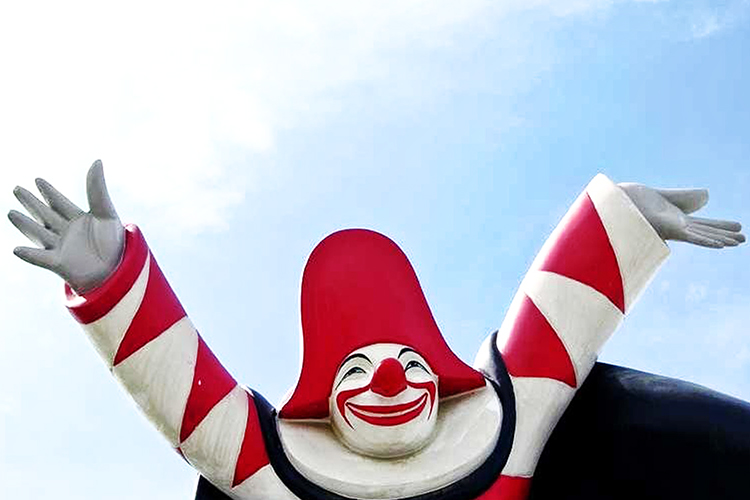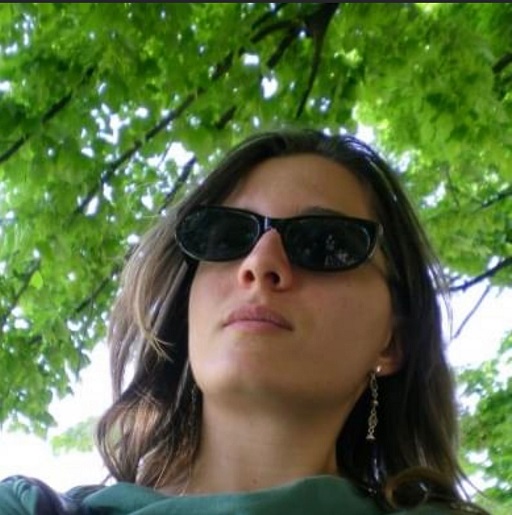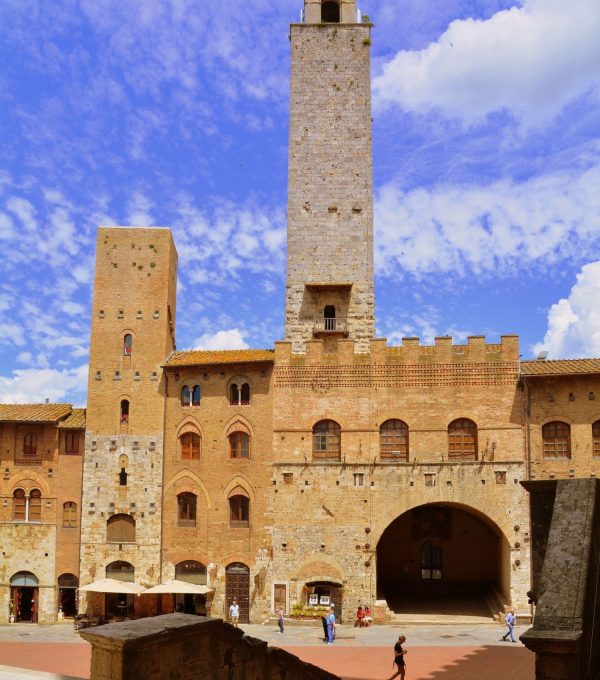
Another possible theory, although less likely, comes from Buffalmacco, a character in Giovanni Boccaccio’s Decameron; if a connection with the writer exists, it’s still to be found in the pseudonym he used in some of his works. Finally, a historical link: Francesco Burlamacchi was a political man from the Republic of Lucca, who lived in the first half of the sixteenth century. It’s noted that the hat that Burlamacco wears is the same one used by ambassadors in Lucca, and its colors (white and red) recall the official colors of the Tuscan city.

Character’s origins and composition
The masked character Burlamacco was created, alongside its companion, Ondina (similar to other feminine characters like Colombina and Isabella). It was made in 1930 by the futurist painter Uberto Bonetti from Viareggio, who also made papier-mâché sculptures. A year after their creation, they appeared together on an advertising poster. They are depicted side by side, arriving from the city’s dock, he from the shipyards and she representing summer, holidays and the frivolous characteristics of Versilia (a beach area in North West Tuscany where Viareggio is located). The image was so well appreciated, that it soon became the symbol of the Versilian Carnival.
From an aesthetic point of view, it is a mix of different regional masks, with:
- Rugantino’s hat (Rome).
- Balanzone’s cloak (Bologna).
- Arlecchino’s chequered costume (Bergamo).
- Captain Fracassa’s ruff collar (Liguria).
- Pierrot’s white pom-pom.

Transformations
After his creation, the character was left nameless for many years (until 1940), and in the following years underwent various transformations, along with his mate Ondina, some of them made by Bonetti in his advertising posters. In 1988, Burlamacco joined the Arts and Traditions Museum in Rome, as the official character of the Carnival of Viareggio.




